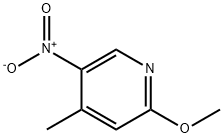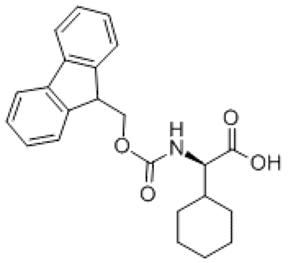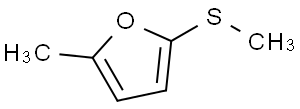2-Methoxy-5-nitro-4-picolin(CAS# 6635-90-1)
| Risk Codes | R36/37/38 – Irritating to eyes, respiratory system and skin. R41 – Risk of serious damage to eyes R37/38 – Irritating to respiratory system and skin. R22 – Harmful if swallowed |
| Safety Description | S26 – In case of contact with eyes, rinse immediately with plenty of water and seek medical advice. S37/39 – Wear suitable gloves and eye/face protection S39 – Wear eye / face protection. |
| WGK Germany | 3 |
| Hazard Class | IRRITANT |
Introduction
It is an organic compound with the chemical formula C8H9NO3. The following is a description of its nature, use, preparation and safety information:
Nature:
-Appearance: It is a colorless to light yellow crystalline solid.
-Solubility: It is almost insoluble in water, but has better solubility in organic solvents such as ethanol and dimethylformamide.
-Melting point: Melting point is about 72-75 degrees Celsius.
Use:
-Chemical synthesis: It is a commonly used intermediate compound that can be used to synthesize other organic compounds.
-Research: It can be used for organic synthesis reactions and other laboratory research.
Preparation Method:
Synthesis can be carried out through the following steps:
1. First, 2-methyloxy-5-nitropyridine is obtained by reacting 2-methyloxy-5-nitropyridine with nitric acid.
2. Then react 2-methoxy-5-nitropyridine with a methylating reagent (such as methyl sodium iodide) to obtain the final product.
Safety Information:
The safety data is limited, but it may be toxic to humans and the environment. When using, should follow the appropriate laboratory practice, and take the necessary personal protective measures, such as wearing protective glasses and gloves. In addition, the compound should be stored and disposed of properly to prevent contamination of the environment.








